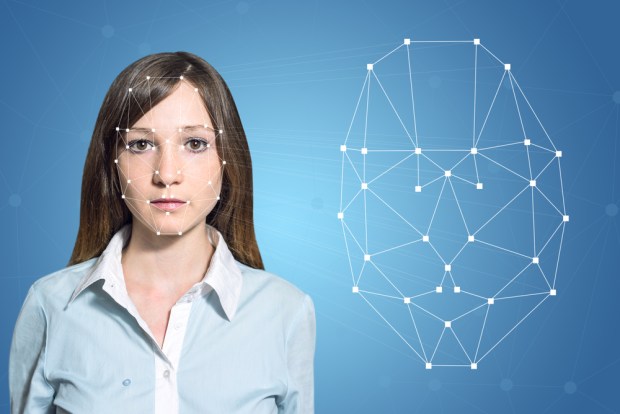Future Car Tech To Recognize Faces, Moods

Tech innovators say that in the near future, cars will be able to do much more than just drive themselves. They’ll recognize a driver’s face and read their mood, among other features that leverage cameras, facial recognition software and biometric indicators.
These capabilities aren’t just for kicks — anticipating music to play based on a driver’s mood or automatically adjusting the seats — but have potentially potent ramifications in the realm of automotive safety and security.
Speaking to the way such a system would work, Zachary Bolton, a Continental Automotive Group systems and technology engineer, told The New York Times, “It’s not just about personalization. We can use the gleam, the twinkle in your eye to determine precisely where you’re looking.”
Eye tracking can be used to display important information in a driver’s line of sight or issue an alert if it sensed a driver were distracted. Other capabilities Continental Automotive Group’s technologies have reportedly demonstrated include a system to reliably register and recognize drivers’ faces, even with sunglasses, with the image of their license.
When the car identifies the driver, the seats could automatically adjust, select a driving mode and suggest potential destinations based on past driving data.
“If I know where your head is and where your eyes are,” Bolton reportedly said, “I can adjust the position of the steering wheel and the mirrors so you don’t have to fumble looking for the right buttons.”
While consumers will likely have to wait a few years for these sorts of features to roll out in new vehicle models, automotive manufacturers are already well on their way to introducing personalization features, leveraging the likes of Amazon’s Alexa.
But as with many technological advancements, concerns over consumer privacy have arisen. Advocacy group Consumer Watchdog has warned that there are no current government regulations that prevent the facial recognition data automotive companies could store from being used without driver consent.
